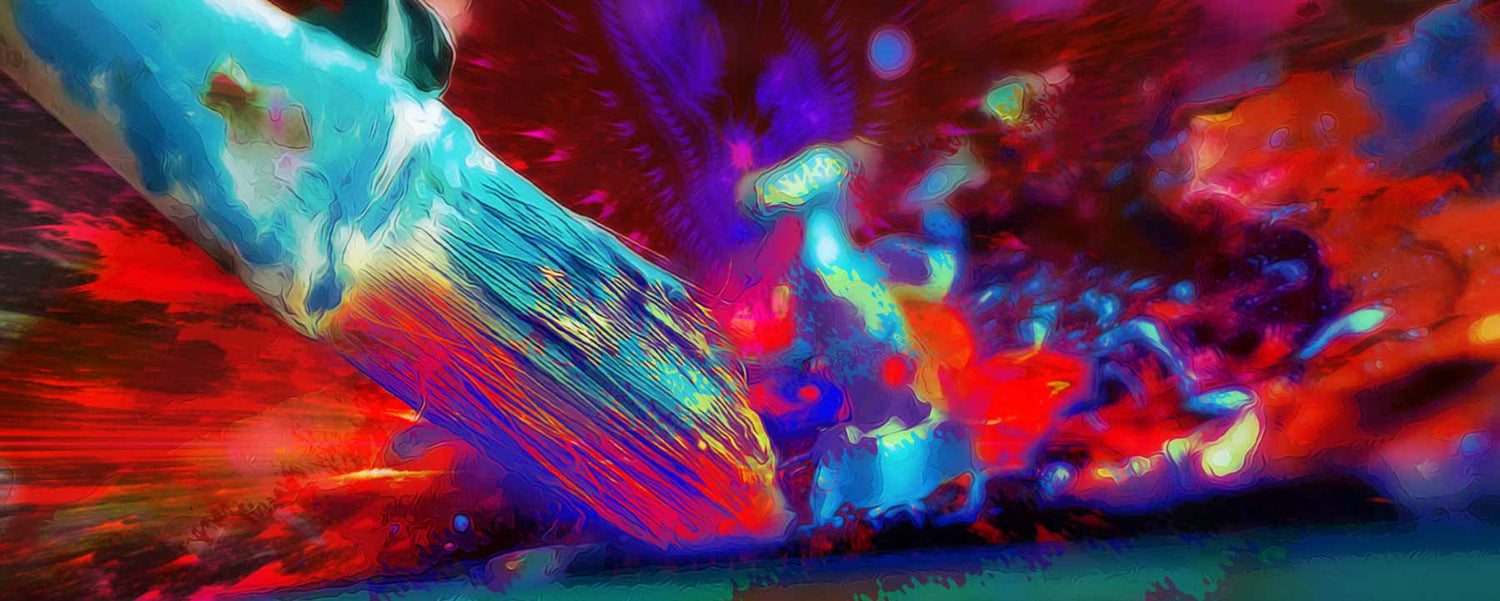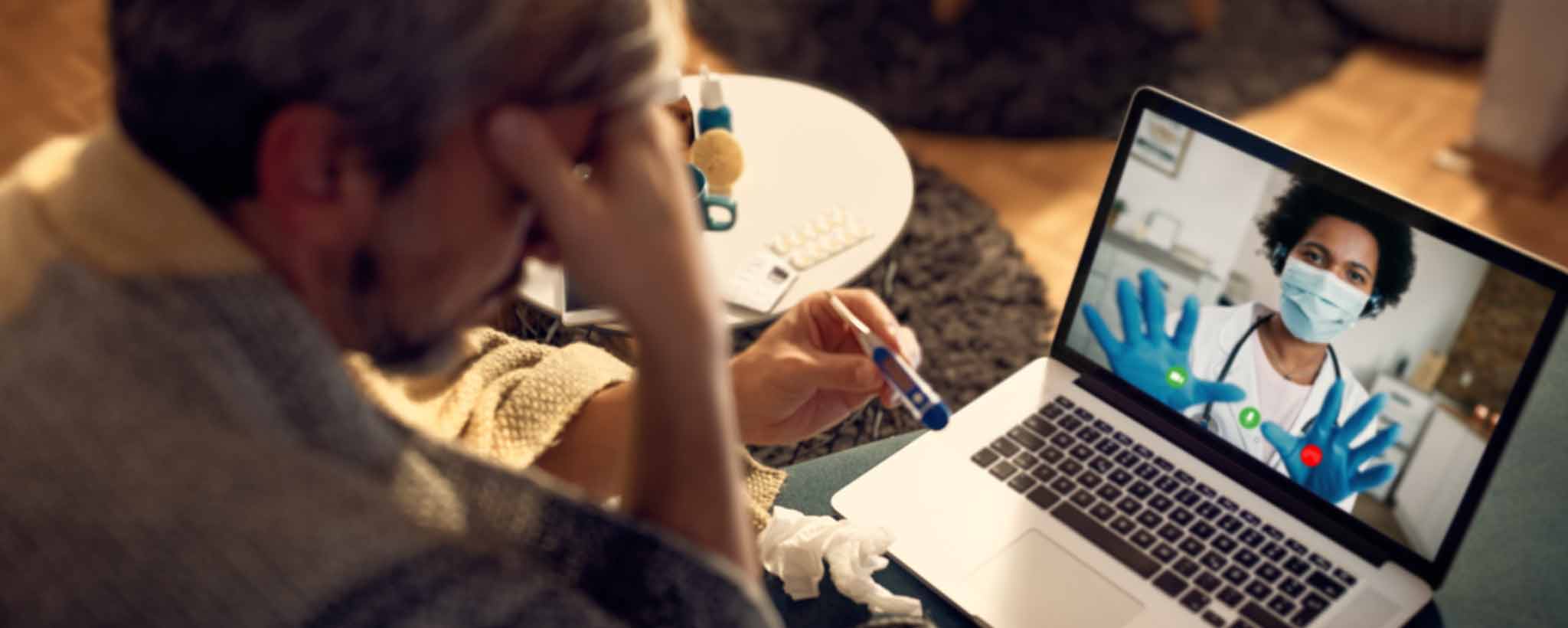For more than half a century, mind-altering psychedelic drugs have played a significant role in artistic perception. What new trends affect your creative aspirations?
Does LSD Pose an Unfair Creative Advantage?
With its visual and auditory-altering effects, lysergic acid diethylamide (LSD) has shaped and influenced the political, social, and cultural landscape. Since its rise to popularity in the 1960s, artists have dabbled in using LSD to intensify their creativity.
The mind-enhancing drug allows individuals to see and hear distorted images, sounds, colors, and patterns, which lets them explore the confounds of their art form, delving into new ideas. Does this give them a competitive advantage over other artists in the same field?
Effects of LSD on Western Culture
Albert Hoffman accidentally discovered the psychedelic properties of LSD in a lab in 1943. Likely, he wouldn’t have predicted the culture boom that would follow in the 1960s. While it was banned in the UK in 1966, the drug still seeped across Western culture, becoming largely associated with hippies (Ramm, 2017). [1]
The effects of LSD quickly influenced art, literature, and music. Most notably, music changed forever after Bob Dylan, The Beatles, and Jimi Hendrix delved into the world of LSD (Williams, 2018). [2]
Various genres of music point their creative influence on mind-altering substances such as LSD. Although not everyone was welcoming to this drug. In the US, state and federal governments were concerned about its threat to every aspect of US life.
Many argue we are due for another psychedelic renaissance. It changed the political and social landscape of the 60s and 90s. Now it’s likely that a surge of LSD use in Western society may cause a rift in our culture, art, literature, and music again.
Neurological Effects of Psychedelics
It’s no surprise that such mind-altering psychedelics would come with neurological effects. Typical psychedelic drugs such as LSD disrupt neural activity by triggering a serotonin receptor called the 5-HT2A receptor. Activation makes neurons more “alive”. Their psychedelic activation can cause widespread alterations to neural pathways.
These receptors are all around the brain, but mostly in the cerebral cortex. They are abundant in the parts responsible for cognition and self-awareness. The 5-HT2A receptors are also heavily found in the visual cortex and send signals to parts of the brain that process sensory information (Drew, 2022). [3]
There have been studies that suggest psychedelic compounds, such as LSD, stimulate the growth of neuron parts called the dendrites and promote the formation of nerve cell connections. These effects are similar to what happens with the antidepressant ketamine. This suggests that psychedelics may have the potential to treat depression and other related stress disorders (Ly et al, 2018). [4]
Additional studies have shown evidence that psychedelics can cause parts of the brain that usually interact with each other to become less coordinated. Other areas of the brain that rarely interact may communicate with one another more. [3]
Possible LSD Dangers
While many argue LSD and other psychedelics have influenced positive cultural change around the Western world, it is still a powerful hallucinogen. There are potentially dangerous consequences from taking such a drug.
Common LSD street names include:
- Acid
- Backbreaker (+strychnine)
- Black acid (+PCP)
- Blotter acid
- Boomers
- Looney tunes
- Lucy mae
- Mellow yellow
- Micro dot
- Yellow sunshine
“Acid trips” vary from spiritual awakening to walking into the depths of hell. LSD can cause an array of short-term psychedelic and physical effects. It is possible to experience pupil dilation, nausea, headaches, erratic heartbeats, and visual and auditory hallucinations (Westphalen, 2020). [5]
Mental effects can include paranoia, anxiety, panic, fear, and feeling detached from the body. There is also a risk of overdosing, which may exacerbate these symptoms and cause impulsive, reckless behavior and psychosis.
LSD can come with some long-term implications for mental well-being. Regular LSD users may experience flashbacks, which involve visual distortion and can change one’s perception and emotions. Use of LSD can also trigger or exacerbate mental disorders such as anxiety, schizophrenia, or psychosis (ADF, 2022). [6]
Why Some Creatives Resort to Microdosing
In the new resurgence of LSD research, scientists are challenging long-held beliefs about the dangers of psychedelics. There is no evidence of their efficacy in the treatment of mental health disorders such as depression and Post Traumatic Stress Disorder (PTSD). Microdoses are useful in palliative care, too.
These studies have introduced the concept of “microdosing”. This is the process of taking a tiny dose of a psychedelic, not enough to experience a trip.
In doing so, evidence suggests that it facilitates brain function and creativity. (Cortés, 2018) [7] In turn, artists have been experimenting with the effects of LSD on their creativity and their subsequent art. Many anecdotal experiences are coming from artists who believe their creativity boost came from the use of psychedelics.
Drugs, including alcohol, have influenced famous artwork throughout history. Vincent Van Gogh was an absinthe addict. This addiction can lead to color deficiency, largely involving yellow. Historians and researchers argue that this may have contributed to the deep and bright yellows that permeated Van Gogh’s array of paintings. (Bhattacharyya & Rai, 2015) [8]
Musicians, since the boom of LSD in the 60s, have claimed to use LSD during their creative process. The Beatles discovered LSD before they wrote Sgt. Pepper. Other artists have work influenced by the drug. Researchers believe that many musicians turn to microdosing of LSD for their creativity because of the effect LSD has on the brain.
LSD alters the visual and auditory processing regions of the brain, changing what we see and hear, which leads to hallucinations of images morphing into one another. LSD has significant effects on sounds, which transcends into the music recorded. LSD can make sounds reverberate and morph into other noises.
Furthermore, LSD eases our visual and auditory inhibitions, allowing us to discover fresh sounds, colors, patterns, and images that we might not experience in our sober state (Weiss, 2018). [9] Some even argue that psychedelics have the power to shape and alter one’s worldview (Love, 2022). [10]
Many artists believe their art influenced by LSD is more “interesting and aesthetically superior” to the work crafted in their regular state. There have also been changes to artists’ styles when under the influence of LSD, including the brightness and boldness of colors, and symbolic representation of objects and emotions (Janiger et al, 1989). [11]
With microdosing, musicians may have an advantage over other artists, as the drug can enhance creativity and allow them to explore music outside its typical conventions. [9]
Can Digital Effects Compensate for Lack of LSD?

The last two decades have given rise to the most rapid development of digital technology in history. Artists now have a plethora of tools to utilize and potentially enhance their creativity and art. Artificial intelligence, cloud technology, and digital effects within Photoshop, synth, and audio effects are popular in the pedagogy field (Tang, et al, 2022). [12]
One study involving students and integrating digital technology into the curriculum suggested that technology prompted students’ creative processes, and creative thinking, and curated a better environment for collective creativity (Jain, 2021). [13]
However, the review noted that perhaps it was digital creativity, rather than student creativity. The risk of “copy and paste” is also possible. Using technology to create artwork may hinder originality and one’s ability to communicate their ideas. [13]
Like a deck of playing cards, the options and outcomes with digital effects are infinite and limitless. So, originality and individuality within art are still possible and plausible. It’s no wonder thousands of artists turn to digital effects during their creative and crafting processes. Given the limited clinical research into the implications of LSD microdosing, digital effects are a beneficial substitute and a great tool for artists within the Western world and beyond.
To support the writing of scholarly articles about addictions, ClinicalPosters sells human anatomy charts, scientific posters, and other products online. You may sponsor specific articles, become a ClinicalNovellas Member, or remit a small donation.
ClinicalPosters sells human anatomy charts, scientific posters, and other products online to offset expense of the writing useful articles about addictions. Slide extra posters into DeuPair Frames without removing from the wall.
Show your support by donating, shopping for ClinicalPins, becoming a ClinicalNovellas Member, or leaving an encouraging comment to keep the research going.
To support the writing of useful articles about addictions, ClinicalPosters sells human anatomy charts, scientific posters, and other products online. You may sponsor specific articles or remit a small donation.
ClinicalPosters sells human anatomy charts, scientific posters, and other products online to offset expense of the writing useful articles about addictions. Slide extra posters into DeuPair Frames without removing from the wall.
ClinicalPosters sells human anatomy charts, scientific posters, and other products online. You may remit a small donation or become a ClinicalNovellas Member.
You can support the writing of useful articles about addictions by sponsoring specific articles, becoming a ClinicalNovellas Member, or remitting a small donation. Visible content is optimized for device size.
UPDATED 2025 – This article reflects editorial revisions since its original publication.
FAQ: Effects of microdosing LSD on creativity
How do hallucinogenic drugs affect artists?
The mind-enhancing drug allows individuals to see and hear distorted images, sounds, colors, and patterns, which lets them explore the confounds of their art form, delving into new ideas. The effects of LSD influenced the art, literature, and music of Bob Dylan, The Beatles, and Jimi Hendrix.
What are the neurological effects of psychedelics?
Typical psychedelic drugs such as LSD disrupt neural activity by triggering a serotonin receptor called the 5-HT2A receptor. Their activation can alter neural pathways.
What are some dangers of psychedelic drugs?
There are over ten street names for LSD. It is possible to experience pupil dilation, nausea, headaches, erratic heartbeats, and visual and auditory hallucinations. Mental effects can include paranoia, anxiety, panic, fear, and feeling detached from the body.
Why are some creative individuals microdosing?
Some people are taking a tiny dose of a psychedelic that is not enough to experience a trip. Some artists report anecdotal experiences of a creativity boost that came from the use of psychedelics.
Can digital tools compensate for the lack of LSD?
Artists now have a plethora of tools to utilize and potentially enhance their creativity and art. Artificial intelligence, cloud technology, and digital effects within Photoshop, synth, and audio effects are popular in the pedagogy field.






 Romance & Health Intertwine. Fall in love with a captivating romance miniseries that explores the essence of well-being. Become a ClinicalNovellas member for heartwarming tales.
Romance & Health Intertwine. Fall in love with a captivating romance miniseries that explores the essence of well-being. Become a ClinicalNovellas member for heartwarming tales.





